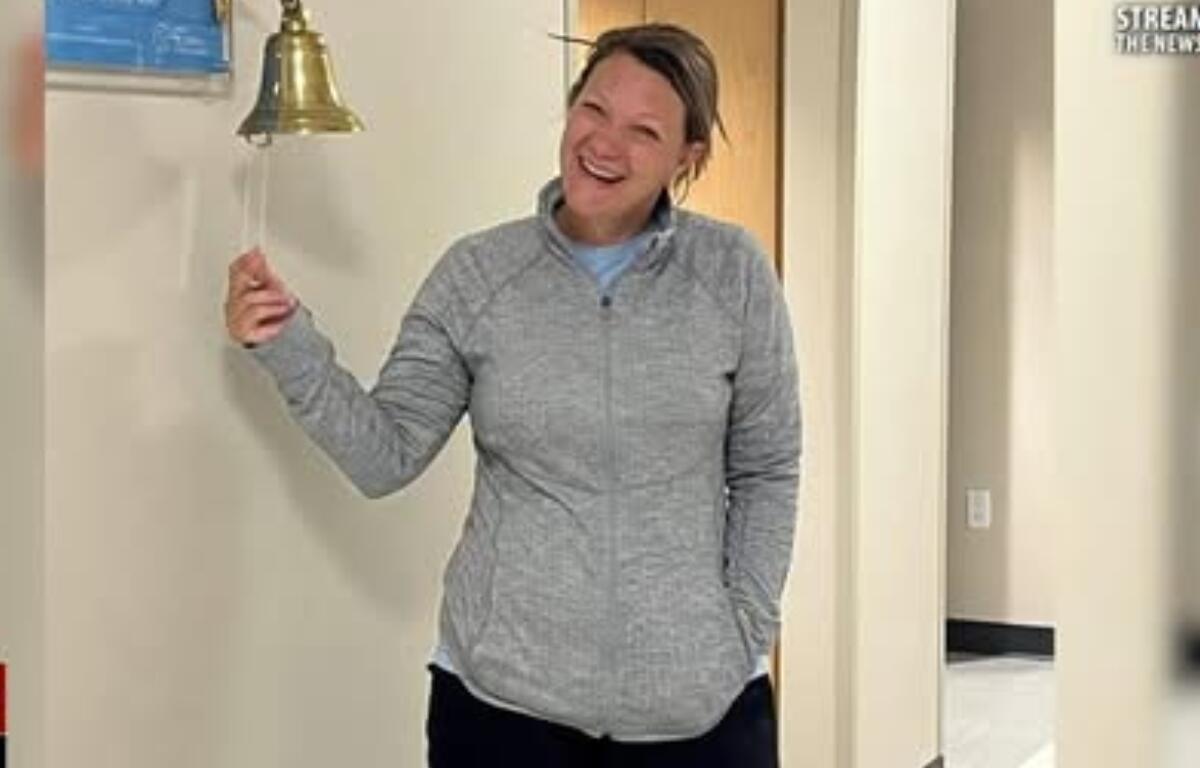Springfield, IL (WAND) – After battling breast cancer, nurse Amanda Meyer helps guide patients through their cancer journey. She was an ER nurse for 10 years, and after recovery, she became a navigation nurse.
“It can be very uncomfortable, a mammogram, but it also can detect and save your life,” Meyer said.
After a routine mammogram, Meyer learned she had breast cancer. Diagnosed at stage zero, she underwent two lumpectomies and one month of preventative radiation. Strength—Meyer said she gets it from her mother. The same day she found out, she wiped her tears and went to work her shift.
“I felt like I could do it and work after, but I got exhausted. That’s when I really broke down during my treatment, you look at your body and you’re like ok, this hurts, it’s ugly,” Meyer said.
Strong faith and a support system, she said, helped her through her cancer battle. Not long after, she transitions from her 10-year position to a navigation nurse position. Meyer believes her experience gives her a different perspective when helping her patients.
“It’s very easy for me to talk to them. I always tell them, ‘You can call me any time.’ I’ve had some patients call me after their treatments and still update me,” Meyer said.
Though a scary battle, Meyers’ case is an example of early detection.
“Ideally, the sooner patients know something is abnormal and intervene, that improves their likelihood of early diagnosis, early treatment and intervention,” Director of Market Cancer Services Adrian Newson said.
Depending on family history, women should begin annual mammograms at 40 years old. Patients can schedule a mammogram online at MyHSHS.org.
Learn more about HSHS St. John’s Hospital Cancer Care services at st-johns.org or call 217-525-5640.




